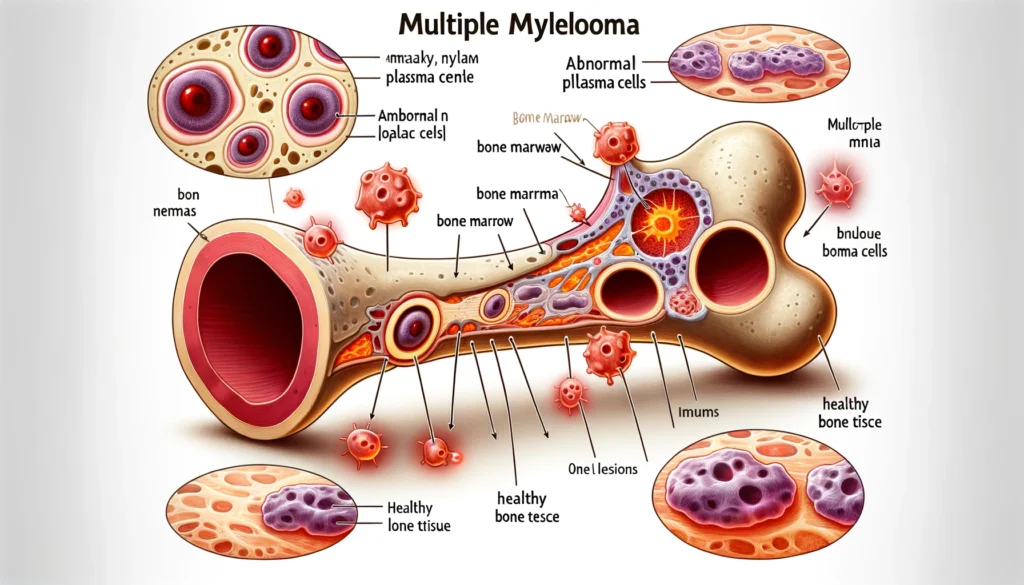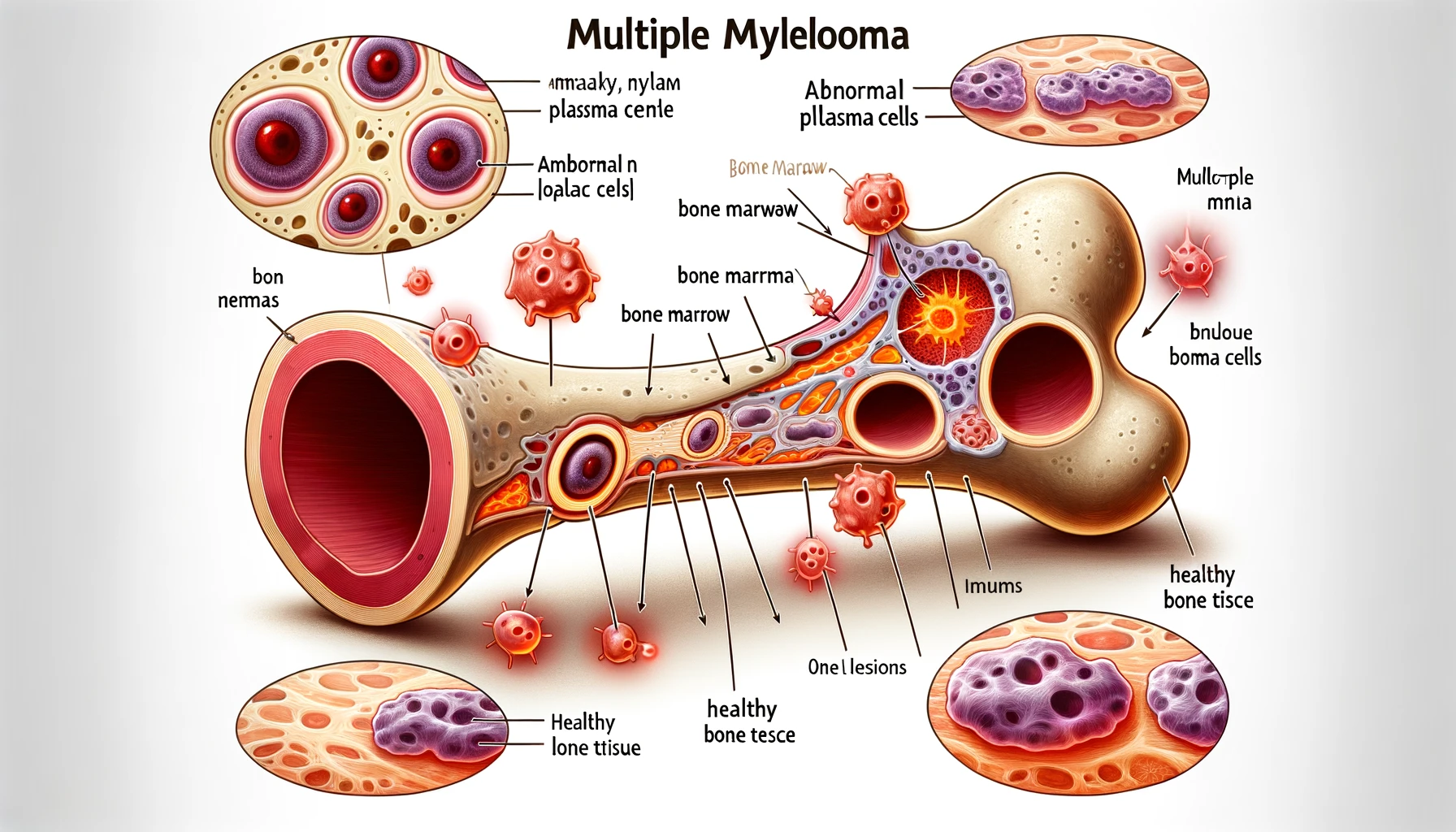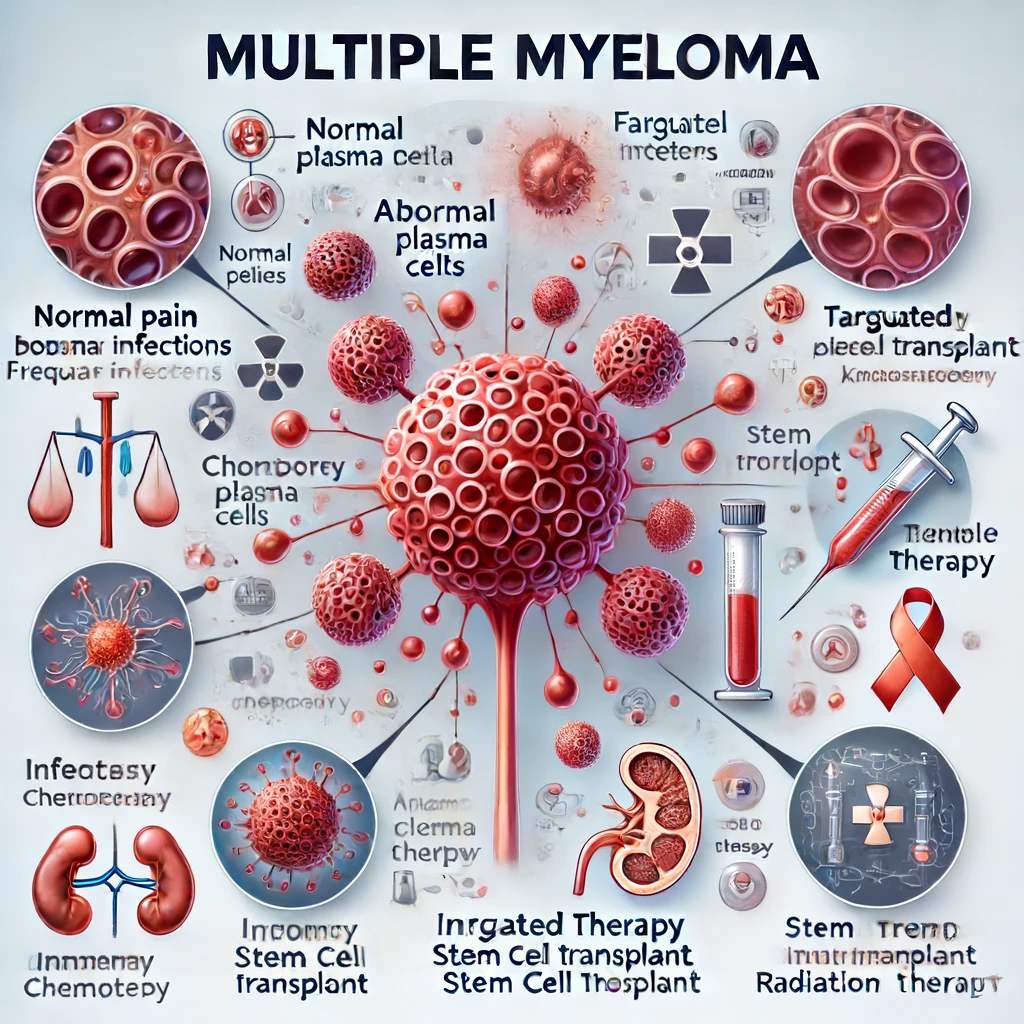Introduction to Multiple Myeloma Research Foundation
The Genesis of the Foundation
The Multiple Myeloma Research Foundation (MMRF) was established in 1998 by Kathy Giusti, who was diagnosed with multiple myeloma, a relatively rare form of blood cancer. Realizing the lack of research and treatment options available, Kathy, alongside her twin sister Karen Andrews, founded the MMRF to accelerate the pace of research and discovery in this field. Their mission was born out of necessity, driven by the urgency to find better treatments and, ultimately, a cure for this debilitating disease. Over the years, MMRF has grown into a leading organization dedicated to transforming the landscape of multiple myeloma research and patient care.

Mission and Vision
The mission of the MMRF is to relentlessly pursue innovative research that will lead to discovering a cure for multiple myeloma. Their vision encompasses more than just curing the disease; they aim to revolutionize the standard of care for patients and enhance their quality of life. The MMRF is committed to accelerating the development of next-generation treatments, providing comprehensive support for patients, and fostering a collaborative environment among researchers, clinicians, and pharmaceutical companies. This holistic approach ensures that advancements in treatment and care are rapidly translated from the laboratory to the clinic, offering hope and improved patient outcomes worldwide.
Impact on the Medical Community
The MMRF has significantly impacted the medical community by bridging gaps between research, clinical practice, and patient care. The foundation has facilitated numerous groundbreaking studies and clinical trials through its funding initiatives and collaborative efforts, leading to new treatment protocols and drug approvals. The MMRF’s data-sharing initiatives and open-access research models have also set new standards in the scientific community, promoting transparency and accelerating discoveries. By providing researchers with critical resources and patients with access to cutting-edge therapies, the MMRF has advanced the understanding of multiple myeloma and improved survival rates and quality of life for innumerable sufferers of the illness.
Understanding Multiple Myeloma
What is Multiple Myeloma?
Multiple myeloma is a type of blood cancer originating in the plasma cells, a white blood cell found in the bone marrow. Because they generate antibodies to combat infections, these plasma cells are essential to the immune system. In multiple myeloma, malignant plasma cells proliferate uncontrollably, crowding out healthy blood cells and causing various health issues. This cancer can lead to weakened bones, kidney damage, and impaired immune function. Unlike some other cancers, multiple myeloma often remains undetected until it has progressed significantly, making early diagnosis and treatment critical.
Symptoms and Diagnosis
The symptoms of multiple myeloma can vary widely among patients and often develop gradually. Common symptoms include persistent bone pain, particularly in the spine or chest, frequent infections, anemia, fatigue, and kidney problems. Because these symptoms can be vague and similar to those of other conditions, multiple myeloma is frequently diagnosed at a later stage. Diagnosis typically involves a combination of blood tests, urine tests, imaging studies (like X-rays or MRIs), and bone marrow biopsies. Blood tests can reveal abnormalities in blood cell counts and the presence of specific proteins produced by myeloma cells, while imaging studies help identify bone lesions and other structural changes.
Treatment Options
Treatment for multiple myeloma has advanced significantly over the past few decades, largely due to research efforts spearheaded by organizations like the MMRF. Standard treatment options include chemotherapy, targeted therapy, immunotherapy, and stem cell transplantation. Chemotherapy involves using drugs to kill rapidly dividing cancer cells, while targeted therapy focuses on specific molecules involved in cancer cell growth. Immunotherapy harnesses the body’s immune system to fight cancer; stem cell transplantation replaces diseased bone marrow with healthy cells. The choice of treatment depends on various factors, including the stage of the disease, the patient’s overall health, and previous treatment responses. Continuous advancements in treatment strategies improve patient outcomes and offer new hope for those affected by multiple myeloma.






One thought on “Multiple Myeloma: 5 Powerful Advances from the Research Foundation”